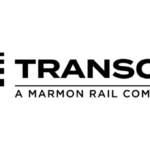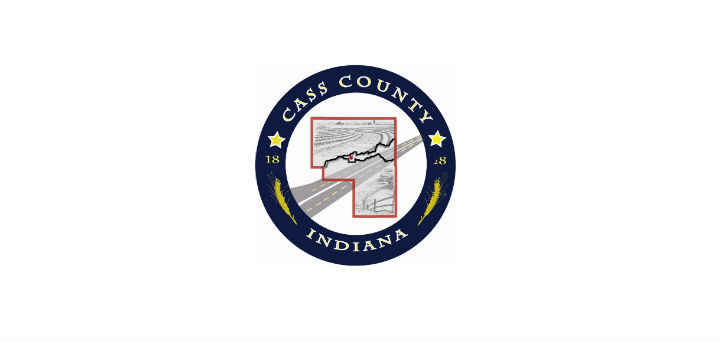Last Updated on February 4, 2021 by Indiana Commission for Higher Education
SOURCE: News release from Indiana Commission for Higher Education
(INDIANAPOLIS) – More than 60 percent of 2018 high school graduates earned college credit in high school through dual credit or Advanced Placement (AP), with a combined potential economic impact of almost $160 million annually for students and the State of Indiana. This is according to the Indiana Commission for Higher Education’s 2021 Early College Credit Report.
“The data continue to tell a powerful story about the value of these early college credit opportunities for Hoosier students and families,” Indiana Commissioner for Higher Education Teresa Lubbers said. “Students who earn college credit in high school—through dual credit, AP or both—are more likely to pursue education and training after graduation, more likely to be successful in college, and can save thousands of dollars in tuition and fees.”
The report, released every two years, analyzes data and offers recommendations about the state’s early college credit landscape. Key report findings show:
- Nearly two-thirds of students earn early college credit. Out of nearly 74,000 graduates in the 2018 high school cohort, 47,289 (64 percent) earned early college credit.
- On average, dual credit students earn a semester of college credit. Dual credit students are earning more dual credit than ever before—13.5 credits on average, up from just under 10 credits five years ago.
- More students are earning college credentials in high school. About 1,200 students earned the Indiana College Core, a block of 30 college credits that transfer from high school to any public institution in the state. Over 370 Hoosier high schoolers in 2018 graduated high school with an associate degree in hand.
- Dual credit earners are more likely to stay in college and complete on time or early. Students who earn dual credit are more likely to stay enrolled in college until they graduate. Students with at least one semester of dual credit are more likely to graduate on time than students without dual credit. Students with at least two semesters of dual credit are more likely to complete their degrees early than students without any dual credit.
- Disparities remain when it comes to who earns dual credit. Only 38 percent of Black students and 50 percent of Hispanic/Latino students earn dual credit, compared to 65 percent of White students. Similar gaps exist depending on socioeconomic status and region of the state.
“While this report makes clear the reasons earning college credit in high school is a wise choice for many students and families, it also highlights the areas where we must improve,” Secretary of Education Dr. Katie Jenner said. “Looking ahead, the Indiana Department of Education will be focused on supporting schools by strengthening student transitions from high school to college and careers, closing equity gaps to ensure all students have the access to and benefit of these opportunities, and giving students a head start on their goals by helping more graduate with a postsecondary credential.”
The new report emphasizes the need for students, families, educators and counselors to learn more about the numerous college credit options available and to make careful decisions about what courses to take based on students’ goals after high school—whether that’s heading into the workforce, attaining short- or long-term certificates, or enrolling in two- or four-year colleges.
Making careful, more intentional decisions about which early college credit courses to take ensures the maximum possible savings, because it means more of the early college credits students earn in high school will transfer to the college degree programs students pursue. It also fortifies investment by the State and Indiana’s public institutions, which provided $9.4 million in waivers for students in 2018 to take dual credit courses at a low cost of $25 per credit hour. Ivy Tech Community College provided more than half of the state’s dual credit in 2018 and waives the $25 per credit hour tuition cost for all students.
The Indiana College Core
The Indiana Commission for Higher Education recently renamed the Statewide Transfer General Education Core the Indiana College Core. The Indiana College Core is a 30-credit-hour block of general education college-level coursework that transfers seamlessly from Indiana high schools to public institutions as well as between the state’s institutions.
The 2021 Early College Credit Report includes new, expanded data on the Indiana College Core. Key findings show:
- Growing numbers of students are earning the Indiana College Core. The number of high school students earning the Indiana College Core (established in 2012) has grown from 11 in the graduating class of 2013 to 1,200 in the class of 2018.
- Students who earn the Indiana College Core are likely to enroll in college and are successful when they get there. About 94 percent of Indiana College Core earners went on to attend college during the 2018-19 academic year, and 70 percent of Indiana College Core earners met benchmarks for early success in college. Students demonstrating early college success 1) do not require remediation in math or English before beginning college level work; 2) complete all courses they attempt in their first year of college; and 3) persist to their second year of college.
- The Indiana College Core offers significant cost savings for students and families. Students can earn the Indiana College Core at a cost of no more than $750—one full-year of college credits for a fraction of the cost of college tuition.
- Substantial gaps exist for students receiving the Indiana College Core. Far too few Indiana high schools currently offer the Indiana College Core: The Commission estimates the Core is only available at 131 of more than 600 total Indiana high schools. Furthermore, students who earn the Indiana College Core are more likely to be White and come from higher-income households, compared to the overall high school population.
Supporting Schools and Strengthening the Dual Credit Educator Pipeline
To close equity gaps and provide more quality early college credit opportunities for Hoosier students—including the Indiana College Core—the state must ensure more high school teachers have the academic preparation and credentials required to teach dual credit.
Beginning September 1, 2023, the Higher Learning Commission (HLC) is requiring high school educators who teach dual credit courses to meet new requirements. Indiana is providing free tuition for teachers through Teach Dual Credit Indiana and STEM Teach Indiana to ensure there are ample opportunities for teachers—at no cost—to become fully credentialed and meet the HLC requirements.
More work is required to ensure educators, especially counselors, have the information and tools they need to help students make wise decisions about which early college credits are the best options for them based on their aspirations after high school. The Commission recently created and distributed the new Learn More Indiana Educator Guide with this goal in mind.
Data in the 2021 Early College Credit Report primarily come from the Indiana Commission for Higher Education; Independent Colleges of Indiana; Indiana Department of Education; National Student Clearinghouse; and the Center for Excellence in Leadership of Learning (CELL).
Read the full report and other Commission reports at www.che.in.gov/reports. Explore resources available to help students plan, prepare and pay for college at www.LearnMoreIndiana.org.





